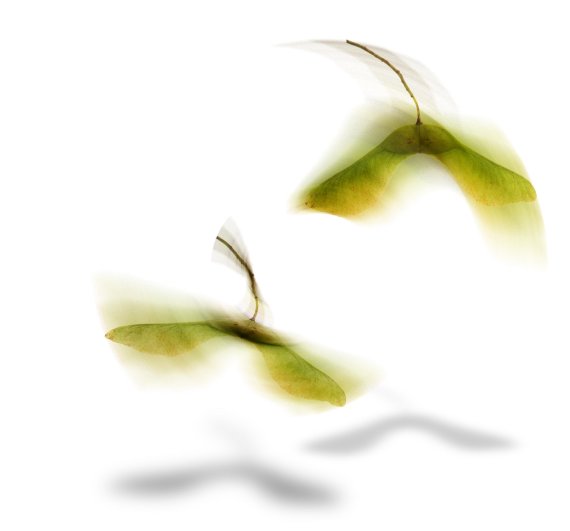August turned out to be suffering from atypical myopathy, a serious muscle disease. In quick succession, another two of Graham’s ponies fell sick. ‘When at night I saw their heads drooping, I feared the worst,’ says Graham. In desperation, she took her animals to a specialist and pricey equine veterinary clinic.
Every year some ten to sixty horses in the Netherlands contract atypical or pasture myopathy. The numbers are a rough estimate since these cases are not recorded centrally, says Cornélie Westermann of the University Clinic for Horses in Utrecht. Pasture myopathy damages the animal’s muscles. Horses have difficulty walking, they start to sweat and have muscle tremors, and their urine becomes coffee-coloured. Ultimately, about three-quarters of cases die of this disease. For a couple of years now, it has been clear that these horses have become ill from eating sycamore maple leaves and seeds.
Researchers chiefly suspect the substance hypoglycin A as being the culprit. Following an extensive wave of cases in 2013, among them August, the research institute Rikilt was the first to study where the danger lurks in the Netherlands. This involved using plant material taken from the Wageningen arboretum, as well as sycamore maple leaves, seeds and seedlings sent in by private individuals. Of the three species of maple found in the Netherlands, only the common sycamore maple turned out to contain hypoglycin A. The Norway maple and the field maple turned out to be ‘clean’. ‘The levels of toxins differ considerably,’ says Hans Mol, group leader with the Natural Toxins and Pesticides cluster at Rikilt. The poison was found to be present mainly in seeds and seedling and to a lesser extent in leaves. Strikingly enough, the researchers found substantial differences from tree to tree. Diversity was even observed between seeds from the same tree.
This research, which has yet to be published, leaves Mol with a number of unanswered questions. Why do sycamore maples cause problems at one site but not at another? Might this be related to the preferences of horses or to the accumulation of toxin in the tree, or perhaps there are as yet unknown causes that determine whether or not horses get sick. In expectation of further research, Mol is not keen to make any definite pronouncements. For the time being, Westermann advises horse owners to give their horses sufficient extra feed in the autumn. It is also wise to remove leaves and seeds and to uproot seedlings. She feels that felling trees is too rigorous a step. Eighteen months ago, Graham didn’t have the patience to wait for definitive assurance. Unlike August, her other horses did recover. For some time she adopted the practice of removing all the seeds and leaves on her farm, but eventually she opted for a drastic method. She had all the sycamore maples on her farm cut down. ‘But I’m replacing them with oak trees.’

